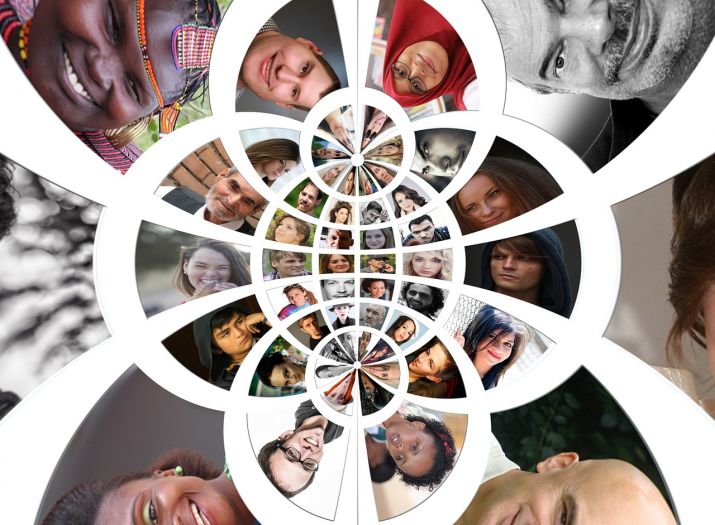
OECD's Society at a Glance 2016 report addresses the growing demand for quantitative evidence on social well-being. This issue focuses on youth.
The youth population shrunk markedly between 2007 and 2014 in several OECD countries, notably Ireland (-22%), Latvia (-20%), Spain (-19%), and the Czech Republic and Slovenia (both -16%).
Between 2007 and 2015, in the Czech Republic, overall youth employment dropped by 17%, while among young people with higher education it increased by 7%.
Some higher-income countries like New Zealand and the Czech Republic have wide gender gaps in their Neither Employed nor in Education or Training (NEET) rates, with female rates twice those of men. In the best-performing countries, many young people combine work with education, the study notes.
A number of countries with comparatively low employment rates at the outset of the crisis experienced substantial increases over recent years: employment in Hungary grew by 10 percentage points, in Turkey by 7 and in Chile and the Czech Republic by 6. These increases were to a large extent driven by rising female employment rates.
Austria, Estonia, France and the Czech Republic reported the highest consumption of alcohol with 11.5 litres or more per adult per year, but there is downward trend in crime in the Czech Republic. The Czech Republic, Iceland and Switzerland enjoy the lowest incidence of youth poverty – at around 5%.
Among young people aged 15 to 29, disinterest in politics is high in Chile, the Czech Republic and Hungary. The Czech Republic, along with Lithuania, has the highest share of young people aged (15-29) reporting to be not at all interested in politics (data around 2012-14).
The report covers the areas of education, health care and more (25 indicators in total).